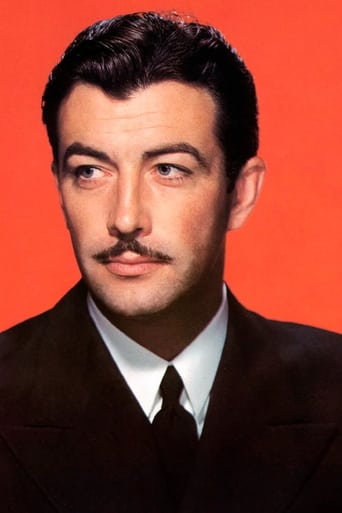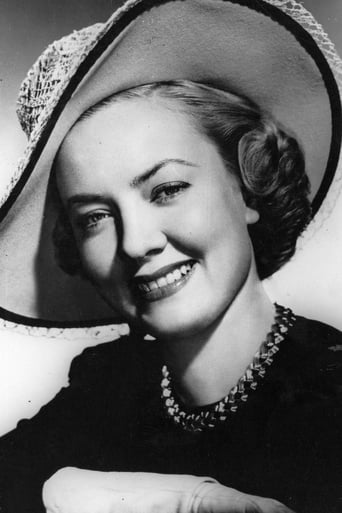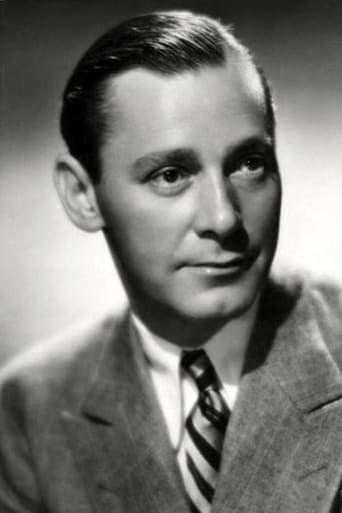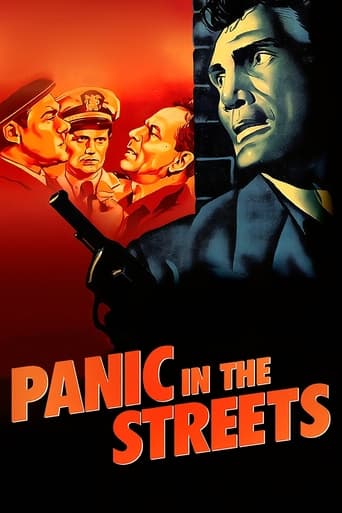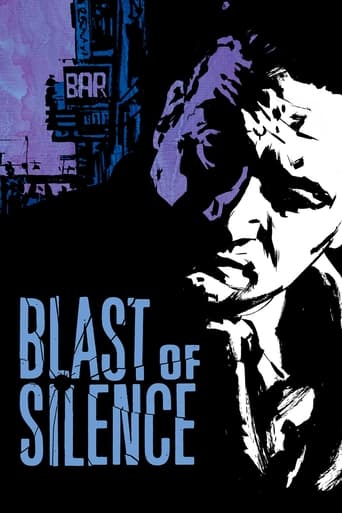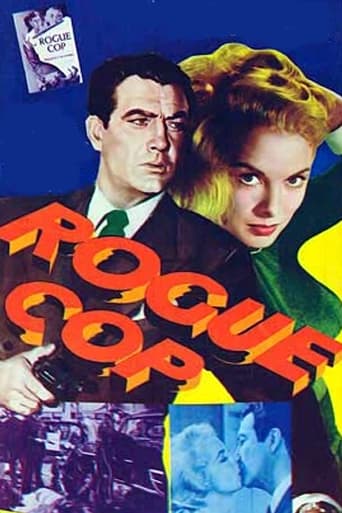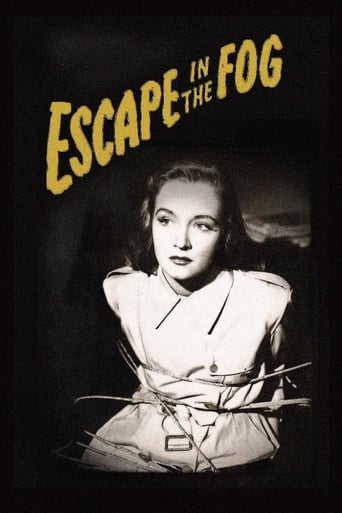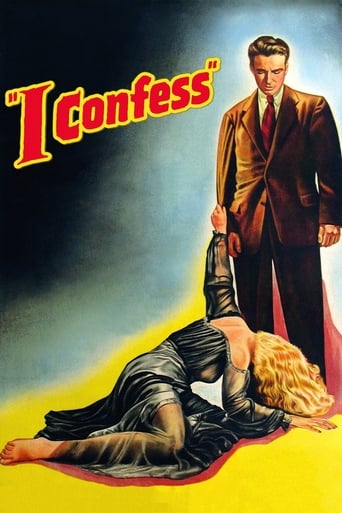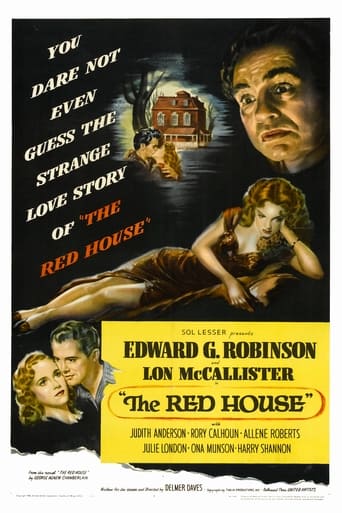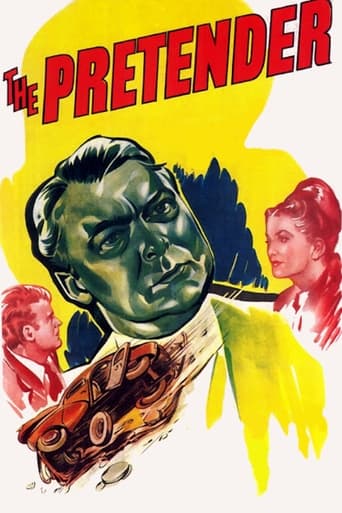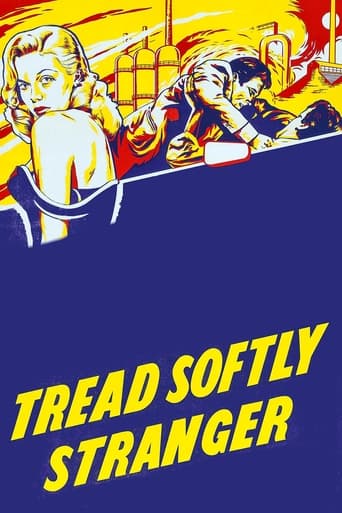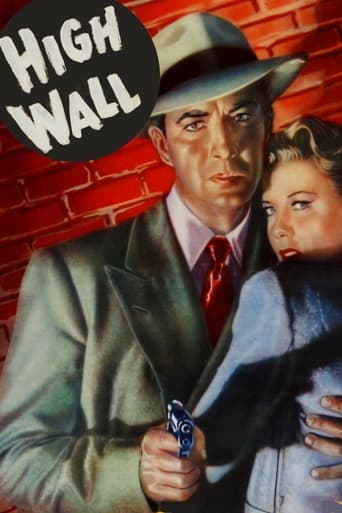
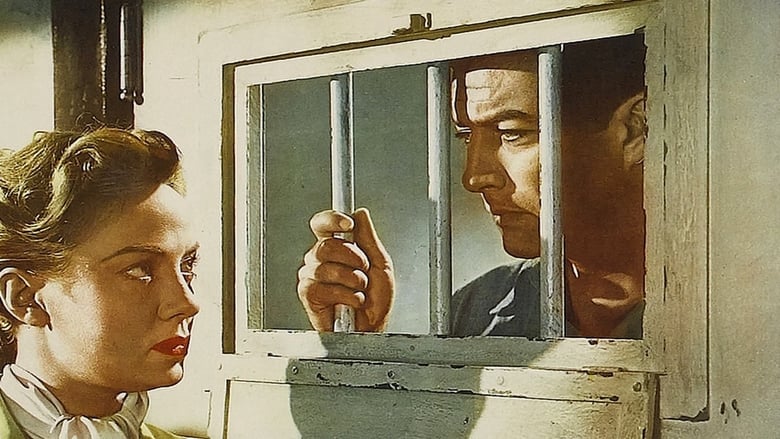
High Wall (1947)
Steven Kenet, suffering from a recurring brain injury, appears to have strangled his wife. Having confessed, he's committed to an understaffed county asylum full of pathetic inmates. There, Dr. Ann Lorrison is initially skeptical about Kenet's story and reluctance to undergo treatment. But against her better judgement, she begins to doubt his guilt.
Watch Trailer
Cast


Similar titles
Reviews
One of my all time favorites.
Load of rubbish!!
Good concept, poorly executed.
Through painfully honest and emotional moments, the movie becomes irresistibly relatable
Despite the Dated Psychological Elements Often Attempted in the Noir that were Misunderstood and some Plot Points, Like the Brain Surgery, that are Contrived to Say the Least, this is a Pulse-Pounding Picture Drenched in Shadows and Rain.Along with Offbeat Characters and a World Out of Whack this Murder Mystery is High Entertainment for Film-Noir Fans. Robert Taylor is OK as He is Trying Desperately to Change His Image from Pretty Boy to Versatile Actor. Audrey Totter is Stretched as a Psychiatrist and Herbert Marshall is Creepy Playing Against Type.There is Much Mood and Atmosphere and the Cinematography is Ripe Film-Noir with Expressionistic Lighting and those Swirling Flashbacks and Drugged Surrealism. The Film's Shortcomings, the Already Mentioned Medical Missteps, and an MGM Capitulation of a Happy Ending that is an Anti-Noir Element Happily Included by the Studio.Overall, it is a Bonafide Film-Noir with More to Recommend than Not. It is a Must See for Fans of the Genre and even those with just a Casual Concern for Forties Films and Matinée Idols Trying to Join the Post-War Cynicism that was Not Always Pretty.
Robert Taylor in High Wall finds himself accused of wife Dorothy Patrick's murder. A head injury resulting from service as a pilot in the China-Burma-India Theater has rendered him susceptible to blackouts. When Patrick is strangled Taylor is a prime suspect, especially after he's caught racing from the crime scene.It's a legal conundrum he's in. That head injury may just make him temporarily insane and Taylor's committed to a mental institution. There he meets psychiatrist Audrey Totter who's committed to rehabilitating him and loving him, not necessarily in that order in a given time in the film.Though the story tends to go into the melodramatic the cast, especially Taylor give fine performances. I'm sure Taylor's background in the Navy during World War II helped him appreciate the plight of returning veterans like himself. Look also for great performances by Herbert Marshall as Patrick's boss and Vince Barnett as a blackmailing janitor with arthritis.High Wall was Taylor's second film upon returning to MGM and it marked a step up from his first film Undercurrent. It still holds up well today.
This is probably Robert Taylor's first real film noir. He is revered in some circles for work a decade later such as Nicholas Ray's "Party Girl." I think he is excellent in "High Wall." He plays a decorated war vet who is accused of murder. Not just accused of murder but also but into a psychiatric hospital. Yikes. No fun at all. Except that the hypnotherapist assigned to his case is a beautiful woman who kind of likes him.Cast in the role of the psychiatrist is one of the great staples of film noir, Audrey Totter. She is as always good. Better than good. What's intriguing here is that she is cast not as a femme fatale but as a career woman who is in every sense on the right side of the angels and the law.Herbert Marshall turns in a superbly creepy performance also. I won't say much about his role other than that this is not really a whodunit. We know the answer to that very early.It's an unusual, brave movie. It has flaws but is nevertheless very good.
I am surprised that this film was never given its due credit for its strengths while its weaknesses have been highlighted.It is obvious to a casual viewer that the performance of Robert Taylor is superior to most of his other films that exploited his physical attributes more than his innate talent. Taylor would have been a good material for intelligent directors but unfortunately few worked with him. Director Curtis Bernhardt, with European experience behind him, utilized the range of emotions that he could extract from Taylor and the usually "wooden" Taylor emerges as an intelligent, purposeful individual.The obvious weaknesses is the science of psychotherapy, brain surgery and truth serums that are presented in the film, which we now know is antiquated and is incorrect. Bernhardt has been criticized for his apathetic depiction of mental asylums in the film. All of this is correct but what would you do in the Forties if that is what you knew of the subject at that time.Director Bernhardt to me is the person to be most admired in this movie, not actor Taylor. Take the sequence of the visit of the asylum staff to the house of the mother of the lead male character. You see the milk bottles and the newspapers outside the door. You have no response to the doorbell. Then you see a child peeking from behind the curtains and meekly opening the door. No word is spoken. The dead mothers feet are shown to us. Cut to another sequence. That is great cinema--good understanding of psychology, and deliberate underplaying of emotions by merely using visuals and editing the shots without resorting to emotional dialog. The second most interesting facet of the film is the script. The rain used in the film (couldn't have been from the original play) adds so much to the atmosphere of the film. The sequences in the restaurants and bars, however short, are highlights of the strong script.The editing, antiquated as it looks nearly 60 years after the film was made, is noteworthy for its crispness and relevance. The camera-work, exploiting shadows on frosted glasses and dark alleys, is equally remarkable. Curtis Bernhardt could have been proud of this work despite its weakness for researching the subject inadequately. Handsome Taylor can be credited with a handful of good performances and strangely all of those performances had him playing anti-heroes. This is is one of those few.


